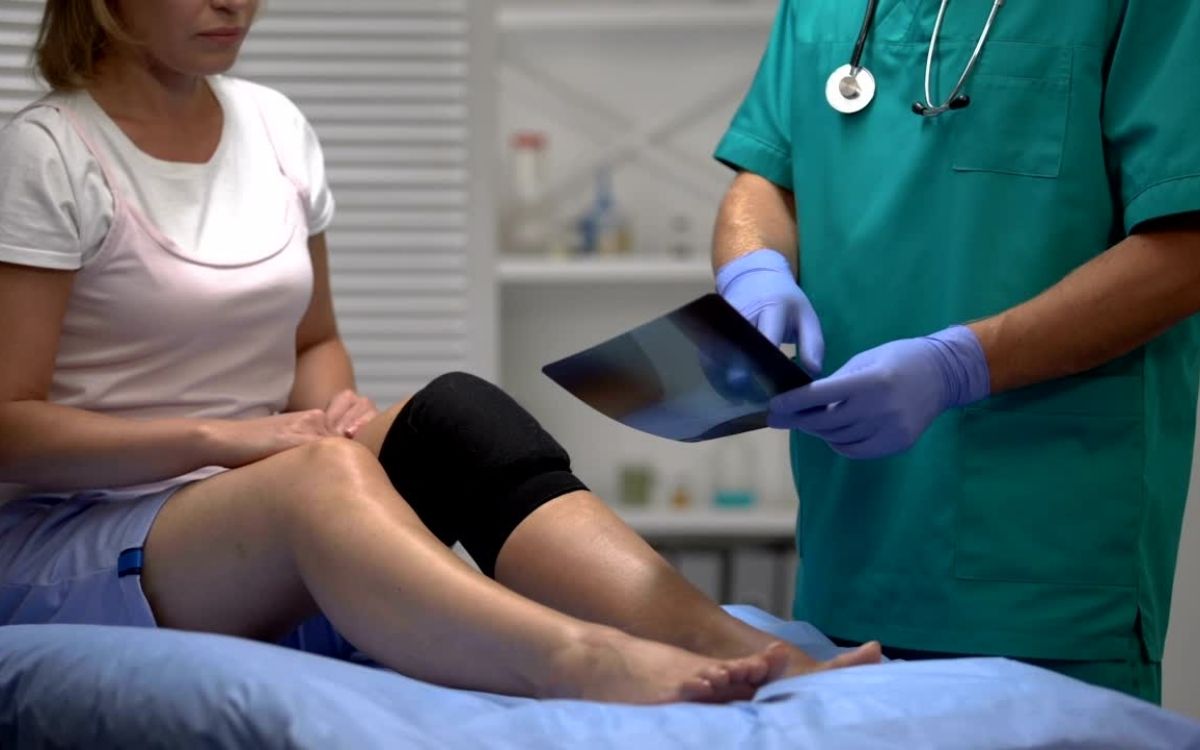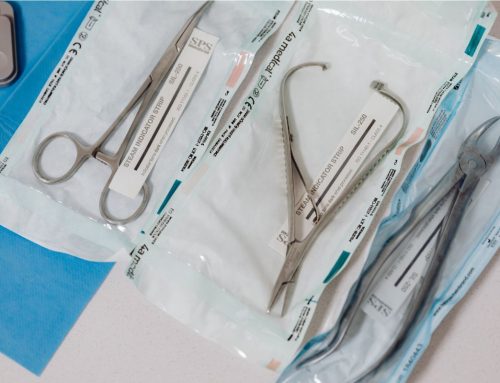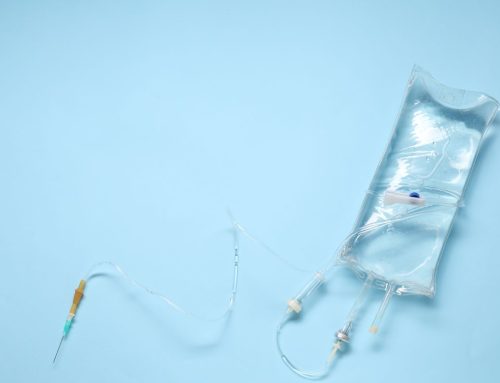Orthotics and prosthetics are assistive devices people use to enhance or replace an injured or missing limb. Orthotics include wrist and ankle braces, heel supports for shoes, and spinal supports for people with pain or difficulty using any of these body parts. Prosthetics typically replace a limb or part of a limb and include items like artificial legs, arms, hands, and joints, among others. The use of neoprene plays a vital role in producing orthotic and prosthetic devices.
What Neoprene Is
Neoprene, also known as polychloroprene or chloroprene rubber, is a form of synthetic rubber produced by linking single molecules into giant, multiple-unit molecules of chloroprene. The material is distributed either as solid rubber or latex foam, has good chemical stability, and remains flexible across a wide temperature range.
With good insulation properties and a low flammability threshold, Neoprene has a burn point around 500F, which is better than rubbers made with hydrocarbons. This makes it an ideal choice for specialized applications such as lining landfills. The material is currently used in a range of commercial applications, including laptop sleeves, orthopedic braces, orthotic and some prosthetic devices, and other medical items.
How Neoprene is Made
Neoprene comes in the form of a foam that is either closed-cell or open-cell. Closed-cell foam is waterproof and responds less well to compression. Open-cell foam is created by combining rubber foam with nitrogen gas, enabling air to pass through the finished product and make it breathable. The tiny gas bubbles remaining in open-cell foam also help to provide insulation properties and fire resistance.
Anti-Microbial Qualities
The water-resistant composition that makes neoprene the first choice for wetsuits and underwater equipment covers also benefits healthcare. However, the material’s anti-microbial possibilities set it apart from other types of rubberization made in the US. Since exposed areas of medical equipment are touched by potentially hundreds of people each day, these must be cleaned thoroughly using harsh disinfectants.
Benefits of Neoprene for Orthotic and Prosthetic Devices
The use of neoprene is an ideal choice for manufacturers of orthotic and prosthetic devices, which aim to provide comfort and healing to an injured limb by reducing shock, inflammation, and swelling. The inert material can withstand damage more than any natural or synthetic rubber, making it ideal for creating braces that provide support to various body parts.
The material is pliable and soft enough to offer comfort for patients wearing a neoprene item while being robust enough to support the weight of the injured area. Durability is also paramount because items like braces and heel supports require frequent washing and sanitization, particularly in a hospital setting. Products made from neoprene are also less fragile than silicon or gel items.
Neoprene in Prosthetics
Manufacturers are increasingly using neoprene in items such as compression sleeves or suspension systems for artificial limbs, mainly since they offer the additional benefit of an airtight seal. Neoprene sleeves need higher compression than silicon or gas sleeves to function correctly and must undergo stringent quality control procedures during manufacture. Since neoprene products and coverings can be compounded with an antimicrobial additive, they are safe for patients to use in both clinical and home environments.
For more information on using neoprene for manufacturing orthotic devices, please contact us at 810.376.2085.



